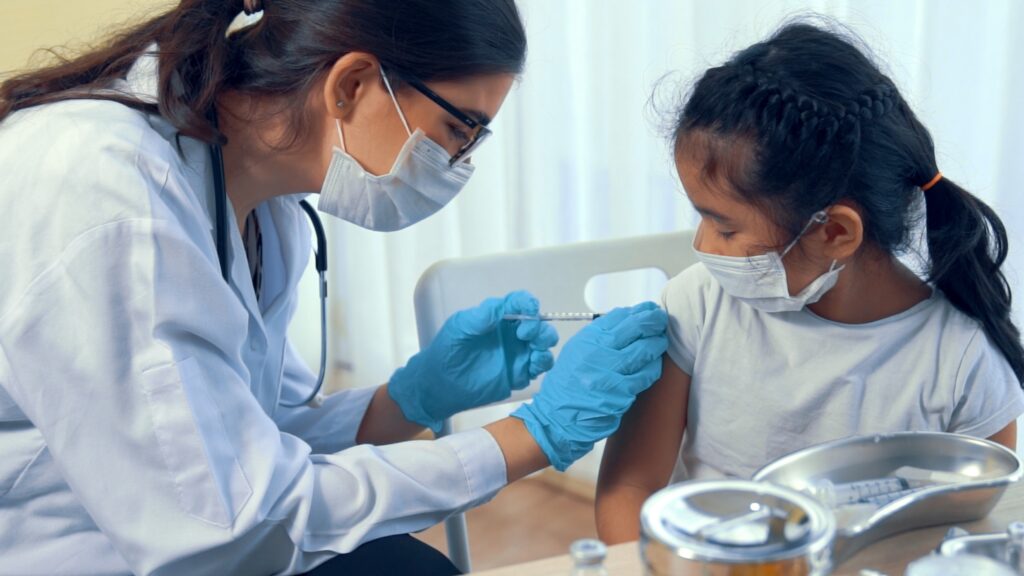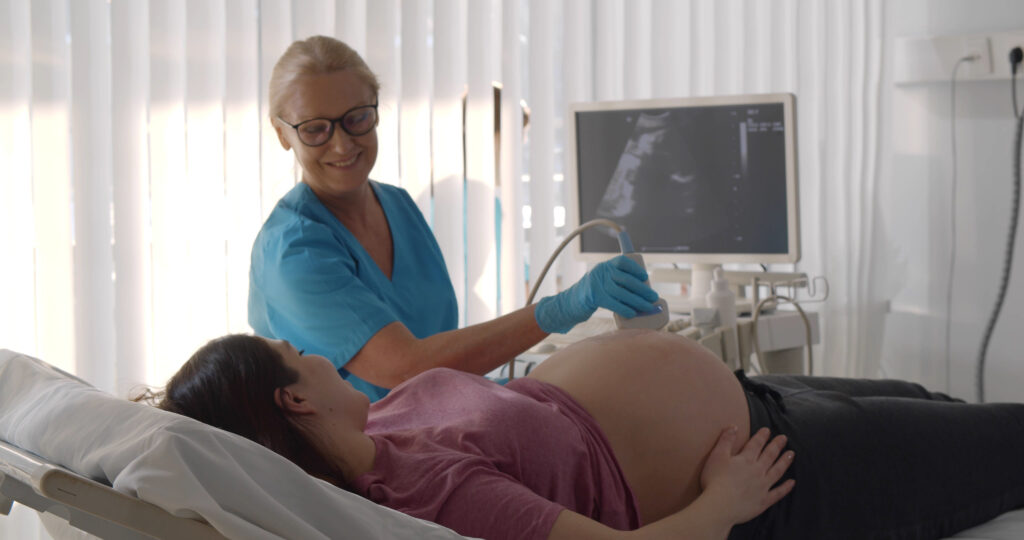Of all the challenges facing Indigenous health facilities, one of the biggest is the lack of specialty care in tribal health. Remote locations, high turnover, and budget shortfalls all lead to a common scenario: a facility without the right clinical expertise.
Urban patients have their choice of 263 specialists for every 100,000 people; rural residents have only 30 specialists by the same token. That puts rural American Indian and Alaskan Native communities in an almost impossible position. Usually patients must travel hours to get specialty care and often wait months (or even a year) for an appointment. From OB/GYN needs to infectious disease outbreaks to diabetes or cancer, these patients simply can’t access the right treatment at the right time.
You can guess the result. Often their conditions grow worse and their treatment becomes more expensive and complex. Rural residents are more likely to die from lung or cardiovascular disease than urban residents, and more likely to be diagnosed at a later stage of cancer. Access to a follow-up specialty consult can be a matter of life and death.
Outside staffing may seem like the obvious answer – but it doesn’t always solve the problem. Often patients present to the ED with issues that require specialty training beyond standard medical education. Two of the biggest issues: behavioral health and intensive care.

Solving the Specialty Care Conundrum
Behavioral health needs are skyrocketing in tribal communities. The CDC reports that Indigenous people in America experience serious psychological distress 2.5 times more than the general population. Unfortunately, a dire shortage of mental health providers means many of these people end up in the emergency room, often because of self-harm behaviors or suicide attempts. Opioid addiction may lead a patient to an emergency room before a treatment center; anyone arrested who has a seizure or overdose in jail may also be taken to a nearby ER.
Intensivists are also in short supply at most tribal facilities, while ICU-level needs are common in IHS emergency rooms. Most tribal hospitals exist hours from larger hospitals with fully equipped intensive care units. Most don’t have enough ambulances to address even the basic needs of the community. Even if they did, the risks of transporting patients who need immediate critical care long distances are simply too high. This means that tribal hospitals must also serve as an ICU – and often for extended periods of time.
Tribal Health addresses the lack of specialty care in tribal health in two ways. The first: we’ve added 20 new specialties to our roster, including long-term care, pharmacy, dentistry, ophthalmology, paramedics and EMTs; our nurses are skilled in long-term care, OB/GYN, critical care, surgical and outpatient care, and more. Bringing this kind of medical expertise to tribal and Indigenous communities accelerates treatment plans, reduces healthcare costs, and improves patient outcomes. But our second solution is just as critical: specialty training for emergency medicine providers.

Behavioral healthcare training
To help ED physicians treat mental health issues, Tribal Health provides rigorous training as a first step for new providers working in Native American hospitals. This training includes:
- Using PHQ-9, Columbia or other screening tools to identify behavioral health patients
- Sitter training for 1:1 patient observation, ligature risk assessment and removal of dangerous objects (like scalpels and quick-release call lights) to make sure patients stay safe in the ED
- Certified training through the Crisis Prevention Institute to de-escalate patients who are excitable or agitated
Of course, patients can’t stay in the emergency room forever. To help them access vital services beyond the ED, our providers are also knowledgeable about community resources for behavioral healthcare. Since the national shortage of mental health providers is especially acute in rural areas, this often means teletherapy or telepsychiatry.

Creating an ICU within the ED
Specialty care in tribal health becomes life or death when it comes to the lack of ICU units. To provide ICU-level care for patients who need it, Tribal Health uses several methods:
- Physician and nursing leads make sure the right providers are matched with high-acuity patients while ensuring advanced practice providers operate at the top of their license.
- Pharmacies stock appropriate medications, drips, IV pumps, nitroglycerin pumps and lifesaving equipment.
- Emergency providers connect via telehealth with ICU physicians at other hospitals who advise on care plans and provide remote monitoring support.
Most importantly, providers undergo rigorous training as part of their Tribal Health onboarding. They train to receive ACLS, ATLS and other national certifications and receive focused instruction on:
- Critical Care Access Team procedures
- Vent placement and management from pulmonology specialists
- Advanced airway management skills
- Management of multiple drips and high-risk medications like nitro and insulin
- Clinical bundle for sepsis and hospital-acquired conditions
Building Stronger Communities with Specialty Care
Tribal healthcare disparities won’t be solved overnight – and that includes the need for specialty medical expertise. But every specialist accessible to rural patients represents a lifeline; every physician trained in intensive and behavioral care can connect patients to life-saving care that much faster. Provider staffing has transformed Indigenous healthcare in many ways. We can’t wait to see how far the expansion of specialty care will carry that momentum.


